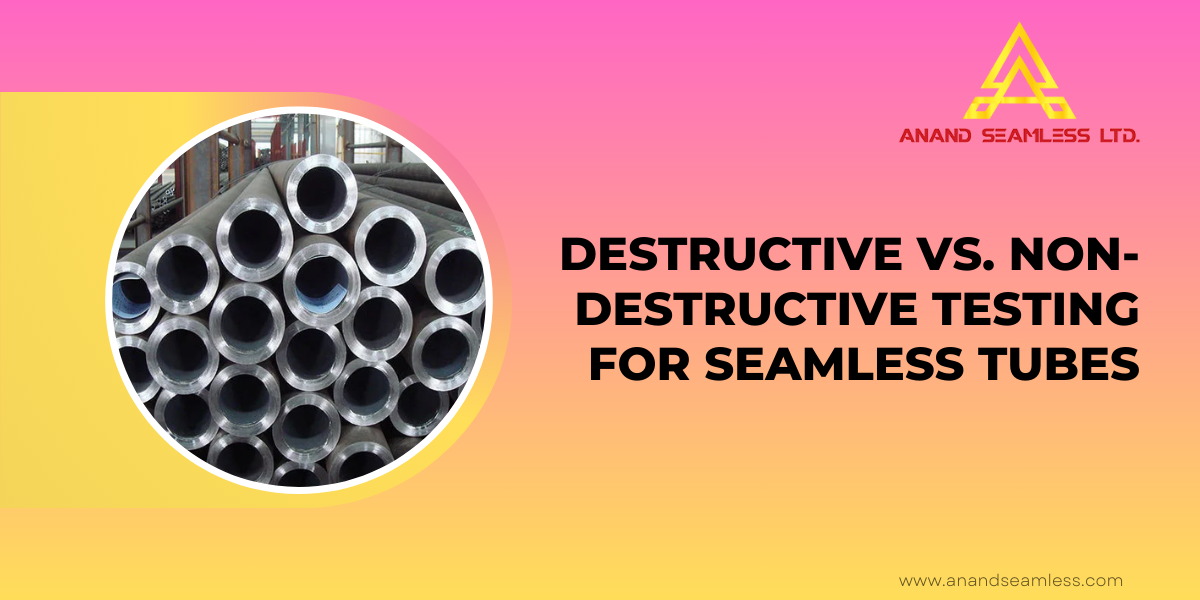
Destructive vs. Non-Destructive Testing for Seamless Tubes
Seamless tubes play a critical role in industries such as oil and gas, power generation, automotive, and aerospace. Ensuring their quality and reliability is paramount, as these tubes often function under extreme pressures and temperatures. To maintain high standards, manufacturers and industries rely on testing methods to detect flaws and verify mechanical properties. The two […]
read more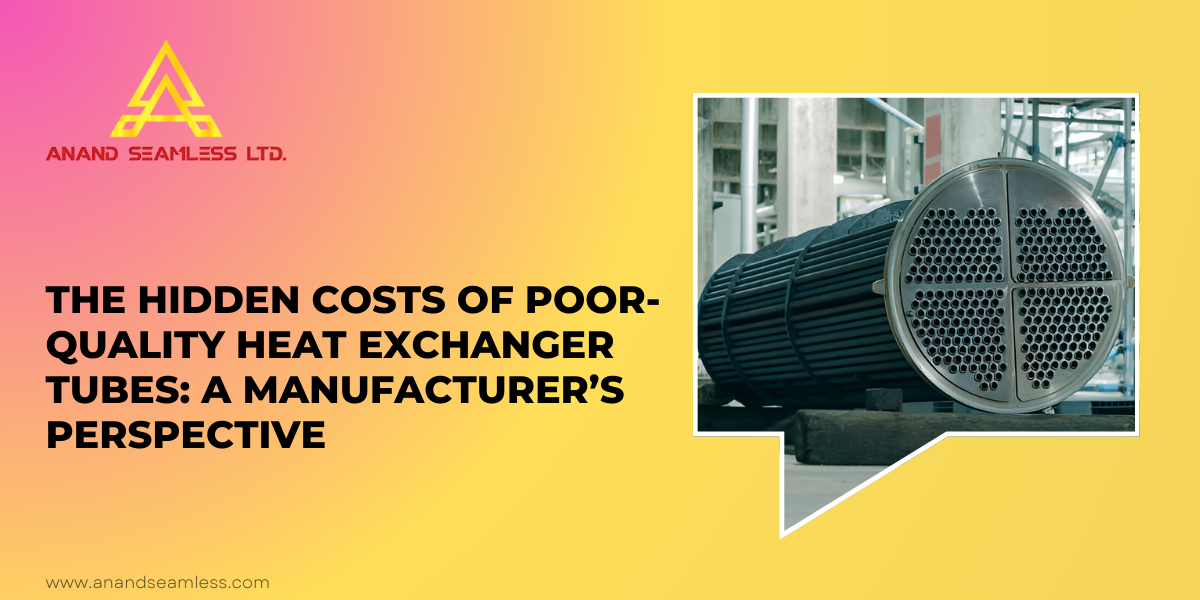
The Hidden Costs of Poor-Quality Heat Exchanger Tubes: A Manufacturer’s Perspective
Heat exchangers play a critical role in various industries, including power generation, chemical processing, HVAC, and oil and gas. Their efficiency and longevity depend significantly on the quality of heat exchanger tubes. While businesses may be tempted to cut costs by opting for low-quality tubes, the long-term repercussions can be detrimental. From frequent maintenance to […]
read more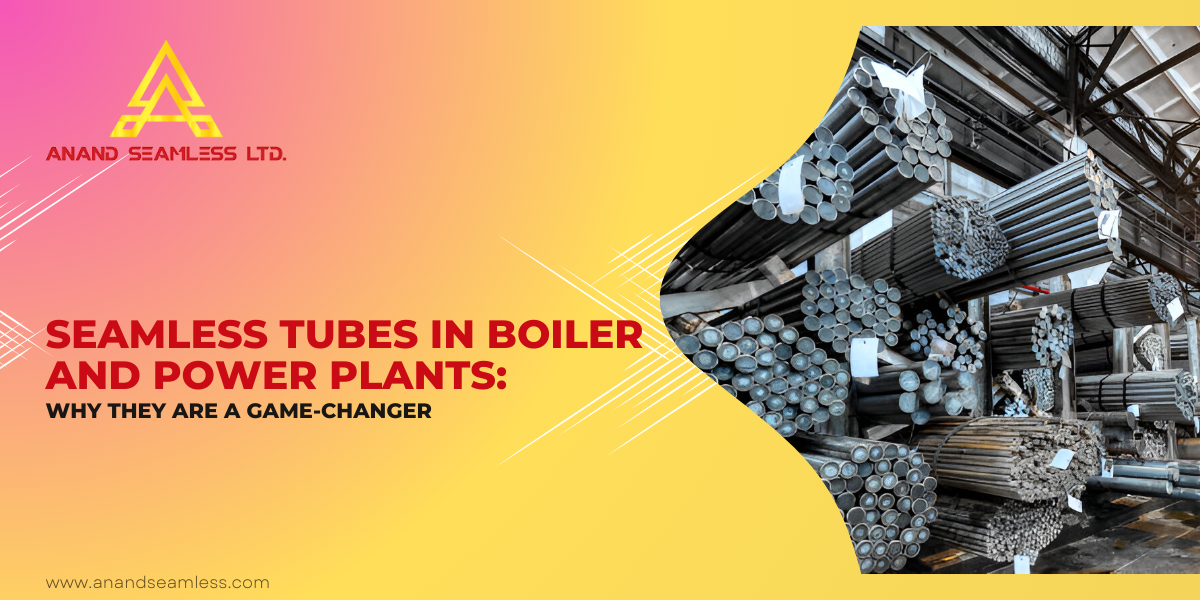
Seamless Tubes in Boiler and Power Plants: Why They Are a Game-Changer
Seamless tubes are crucial in various industrial applications, especially boiler systems and power plants. Their superior mechanical properties, resistance to high pressure and temperature, and enhanced durability make them indispensable in these high-performance environments. With the growing need for efficient energy solutions, businesses operating in these sectors must understand the significance of seamless tubes and […]
read more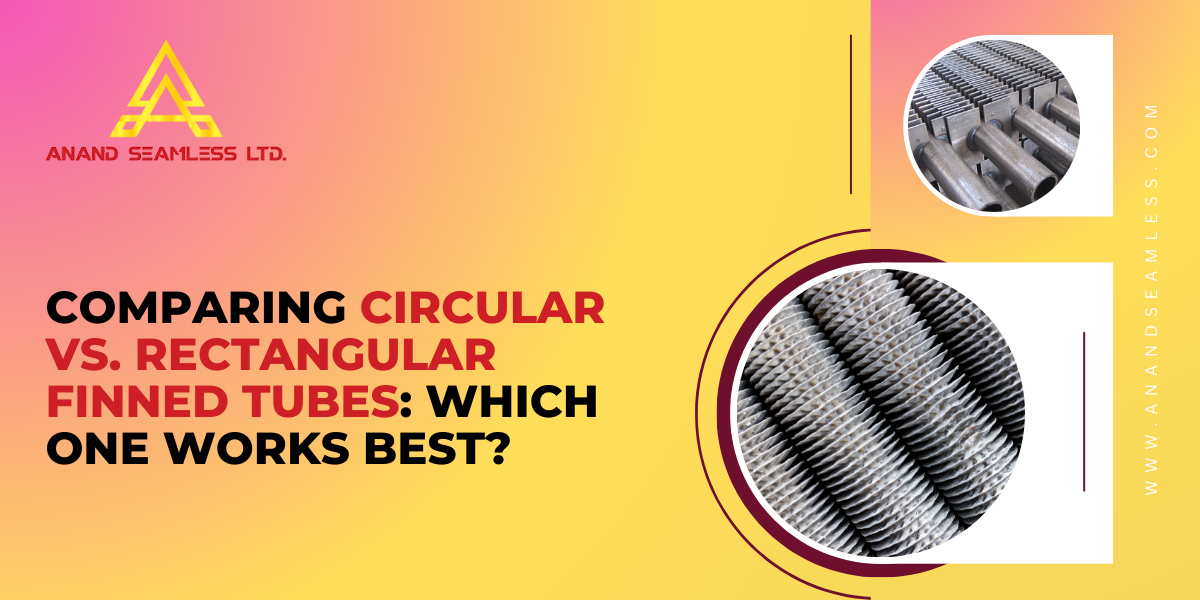
Comparing Circular vs. Rectangular Finned Tubes: Which One Works Best?
In heat transfer applications, finned tube heat exchangers play a crucial role in optimising thermal efficiency. Businesses across various industries, from power plants to HVAC systems, rely on these exchangers to enhance heat dissipation. Among the key design choices in finned tube technology, the debate between circular and rectangular finned tubes is significant. Both designs […]
read more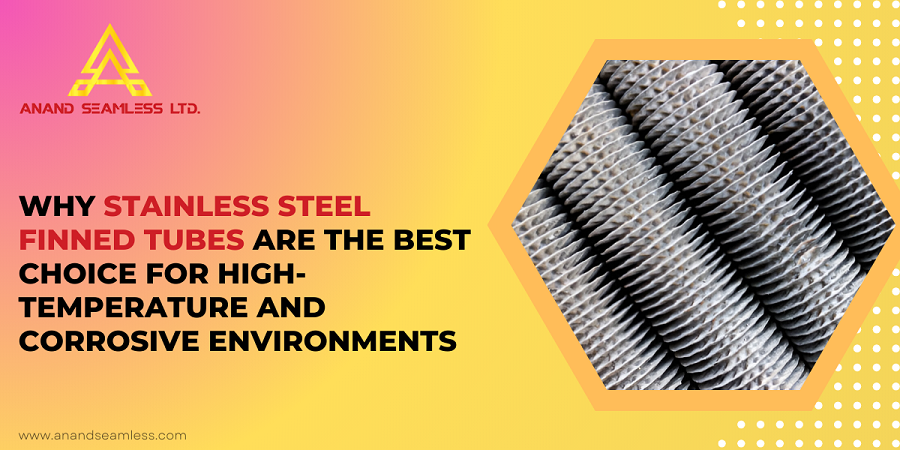
Why Stainless Steel Finned Tubes Are the Best Choice for High-Temperature and Corrosive Environments
In industrial applications where heat transfer efficiency and durability are paramount, the choice of materials for finned tubes can significantly impact performance and longevity. Stainless steel finned tubes have emerged as the preferred option for businesses dealing with high-temperature and corrosive environments. These tubes offer superior heat resistance, exceptional corrosion protection, and long-term cost benefits, […]
read more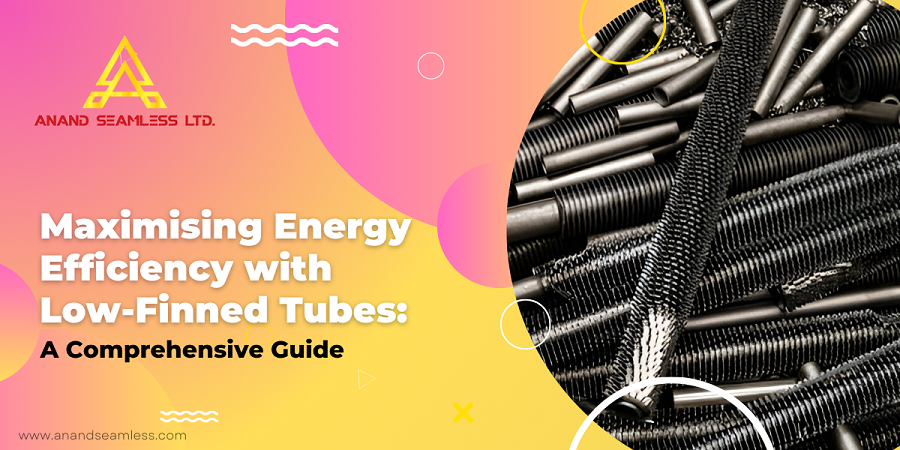
Maximising Energy Efficiency with Low-Finned Tubes: A Comprehensive Guide
Energy efficiency is a key priority in industries where heat exchange plays a vital role. Whether in power plants, HVAC systems, or petrochemical industries, improving heat transfer efficiency can significantly reduce operational costs and environmental impact. One of the most effective solutions to enhance heat exchanger performance is the use of low finned tubes. These […]
read more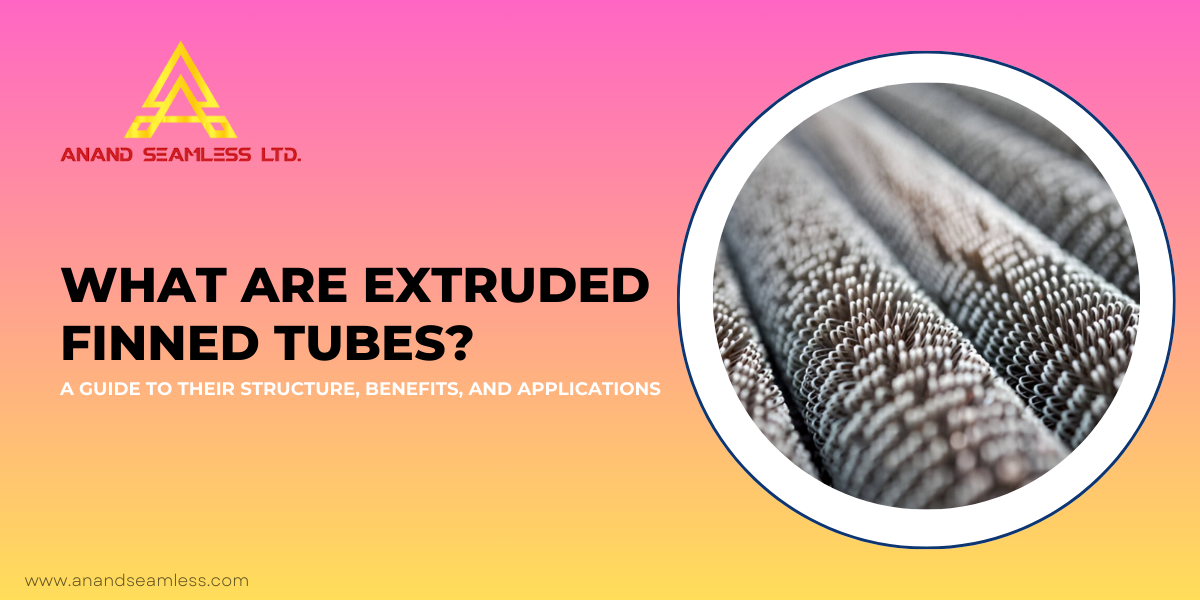
What Are Extruded Finned Tubes? A Guide to Their Structure, Benefits, and Applications
Extruded finned tubes are an essential component in many industrial and commercial applications where heat transfer efficiency is critical. These tubes enhance the heat exchange process by increasing the surface area available for heat dissipation. Industries such as power generation, HVAC, petrochemicals, and food processing rely on extruded finned tubes to optimise thermal performance and […]
read more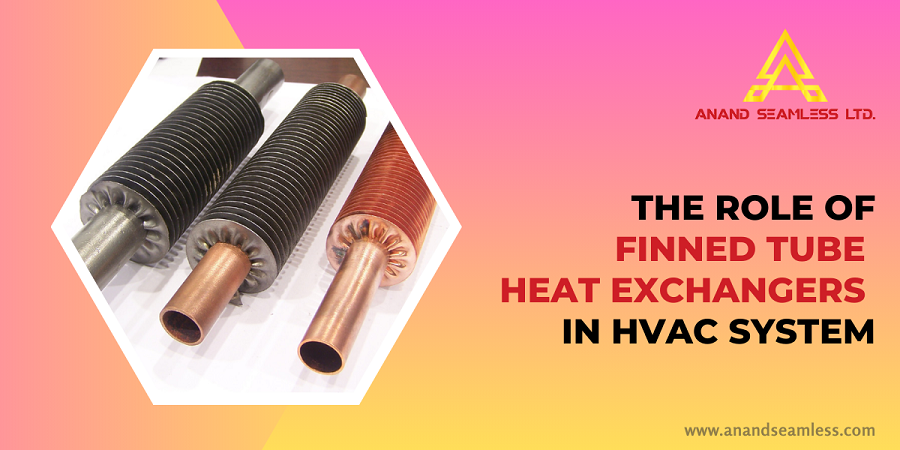
The Role of Finned Tube Heat Exchangers in HVAC System
Finned tube heat exchangers are essential components in heating, ventilation, and air conditioning (HVAC) systems. They play a critical role in the efficient exchange of heat between fluids and air. These devices are widely used in various applications, from residential air conditioning units to industrial heating processes. Fin tube manufacturers have continuously improved designs to […]
read more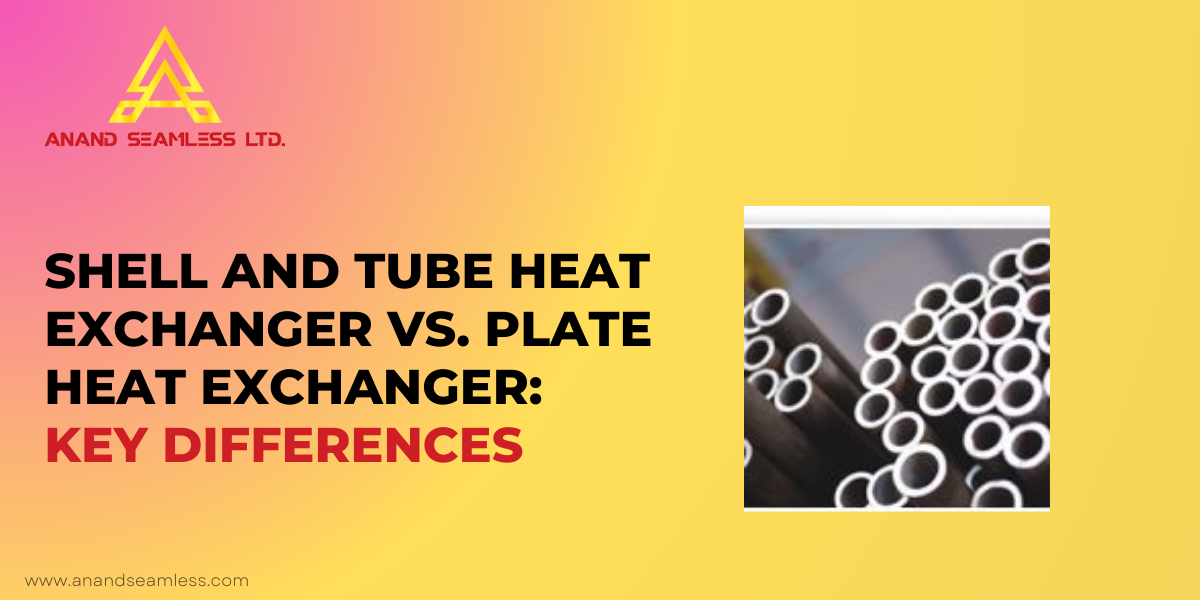
Shell and Tube Heat Exchanger vs. Plate Heat Exchanger: Key Differences
When choosing a heat exchanger for industrial applications, businesses often face a critical decision: whether to invest in a shell and tube heat exchanger or opt for a plate heat exchanger. Each type offers unique advantages and limitations, making it essential to understand their differences to make an informed choice. As a leading heat exchanger […]
read more